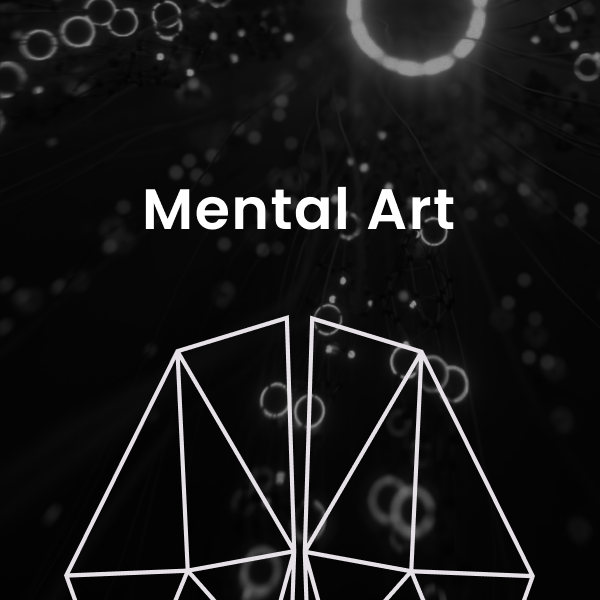

Breaking Down Prolonged Eye Contact: Psychological Perception and Comfortable Navigation
3/13/2024Q:
I often find prolonged direct eye contact during conversation to be unsettling. From a psychological perspective, how is extended eye contact typically perceived, and what strategies can be employed to maintain comfortable engagement without feeling awkward or intrusive? Additionally, is there a preferred duration for eye contact while conversing to foster effective communication?
A:
Eye contact plays a crucial role in our social interactions. Psychologists believe it can convey a wide range of emotions, including love, hate, intelligence, creepiness, persuasion, sarcasm, and even deception. It's clear that our eyes possess extraordinary power and can sometimes have an almost magical effect on people. However, our psychology is such that we can't constantly look everyone in the eye. In essence, a gaze is a tool, just like a smile, with which we send all sorts of signals to the interlocutor depending on the situation and context.
What is Considered Normal Eye Contact?
The duration of direct eye contact that is considered normal depends largely on the situation. For example, in a one-on-one conversation, we tend to make more direct eye contact. In groups, however, we typically look directly at another person for about 3-5 seconds, but a tête-à-tête increases eye contact to an average of 7-10 seconds.
Scientists note that the average formula for eye contact and the time we look away is roughly 30 to 50%. However, the amount of eye contact is usually more when we are listening and less when we are talking.
Eye Contact in Love
Prolonged eye contact can indicate a strong feeling, but it's difficult to recognize on its own. A lot depends on context. For example, when a person stares at another for a long time, without knowing the context, it's hard to understand whether they love them or want to kill them.
At dinner, couples in love look into each other's eyes, and of course, in this context, they are unlikely to want to kill each other. Research shows that couples in love tend to maintain deep eye contact longer than those who are not.
When Eye Contact Becomes Too Much
The context of a conversation is important. In the wrong context, prolonged eye contact can backfire.
For example, in one study, participants were asked to take an incoherent test. But, during the conversation, the researcher stared at them intently. The results showed that people were so repulsed by this that their test scores dropped dramatically.
In addition, scientists note that depending on the culture, prolonged eye contact can be perceived as aggressive or even creepy.
Eye Contact in Technology
Disney Research engineers have unveiled a prototype of a human-like robotic head that frowns at strangers and looks freundlich at those it is already "familiar" with.
The engineers from Disney Research, who are working on creating robots, have presented a prototype of a human-like robotic head that very realistically mimics human facial expressions. The project description was published on the Disney Research website.




